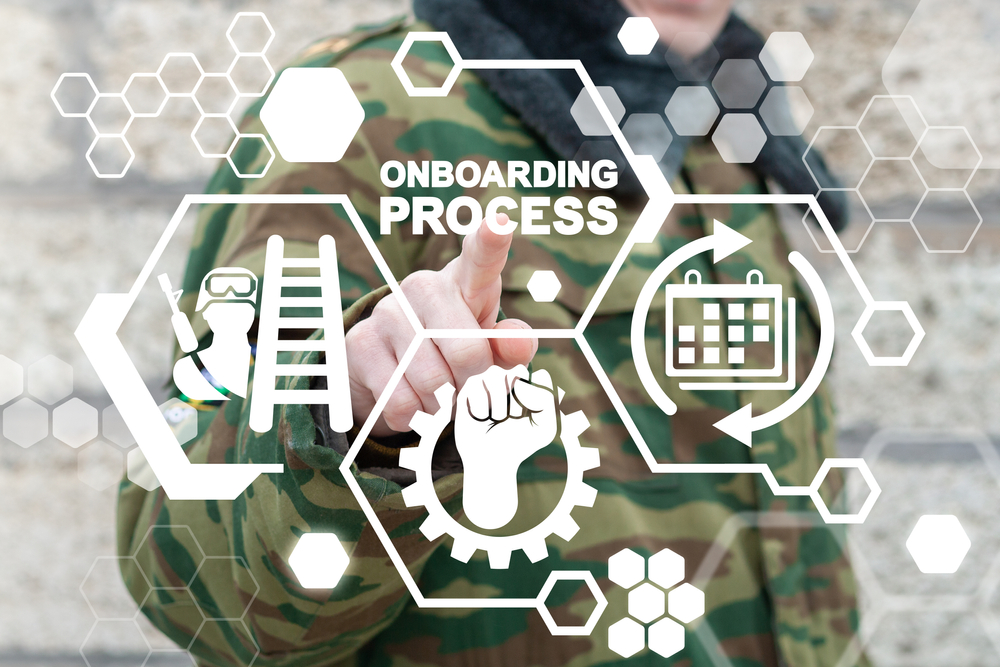First impressions carry weight—especially in today’s competitive job market. For new hires, those first 90 days can be a make-it-or-break-it proposition. That’s the timeframe within which people decide whether they’re in it for the long haul or already eyeing the exit.
Yet despite how critical this period is, onboarding often feels clunky, inconsistent, and, frankly, bogged down by too much paperwork.
That’s where AI is starting to lend a real hand—bringing both efficiency and a surprisingly personal touch to the process.
Modern onboarding platforms powered by AI are helping HR teams do more than just digitize forms. They’re taking the grind out of manual tasks, customizing training experiences, and flagging support needs before they snowball into real problems.
The result? An onboarding experience that feels quicker, more relevant, and, ironically, more human—even if it’s partially driven by algorithms.
Less Paperwork, More Purpose
Let’s face it—onboarding is packed with repetitive steps: enrolling in benefits, signing off on policies, setting up equipment. AI can quietly handle much of that in the background, reducing the burden on both HR professionals and managers.
From auto-sending reminders to tracking progress on forms and checklists, these systems make space for what really matters—welcoming new employees, answering their questions, and starting to build a sense of connection from day one. For the new hire, it means fewer roadblocks and a smoother path into the organization.
Learning That Actually Fits
Gone are the days when one-size-fits-all training was enough. Today’s employees want onboarding that feels tailored—something that speaks directly to their role, their skills, and their pace.
AI makes that possible by curating personalized learning paths. A new sales rep might get CRM walkthroughs and product pitch decks, while an engineer sees DevOps guides and repository overviews.
Instead of forcing employees to wade through irrelevant content, these systems adapt the experience to fit the person—not the other way around.
That kind of specificity doesn’t just boost productivity—it helps new hires feel like they belong faster.
Catching Trouble Before It Escalates
Onboarding isn’t just about logistics—it’s also about gauging how people are settling in. AI can help there too, by picking up on subtle cues: missed tasks, low participation, or even sentiment shifts in feedback.
Access to these real-time insights means HR and managers can step in early, offering support or clarification before small issues turn into serious disengagement. Some platforms even include chatbots or virtual assistants to answer questions on the fly—so new employees aren’t stuck waiting for someone to reply to an email.
More Human, Not Less
Here’s the thing: AI isn’t here to replace the human element—it’s here to support it. By automating boring and repetitive tasks, AI gives HR teams more time to focus on the moments that really shape an employee’s early experience—things like mentoring, listening, and helping people feel part of something.
Those first few months on the job set the tone for a positive, productive, and long-term relationship. When AI is used to help streamline the onboarding process, what might have felt like a bureaucratic hurdle can become a meaningful beginning—one that leads to stronger engagement, faster ramp-up, and a deeper sense of belonging.

